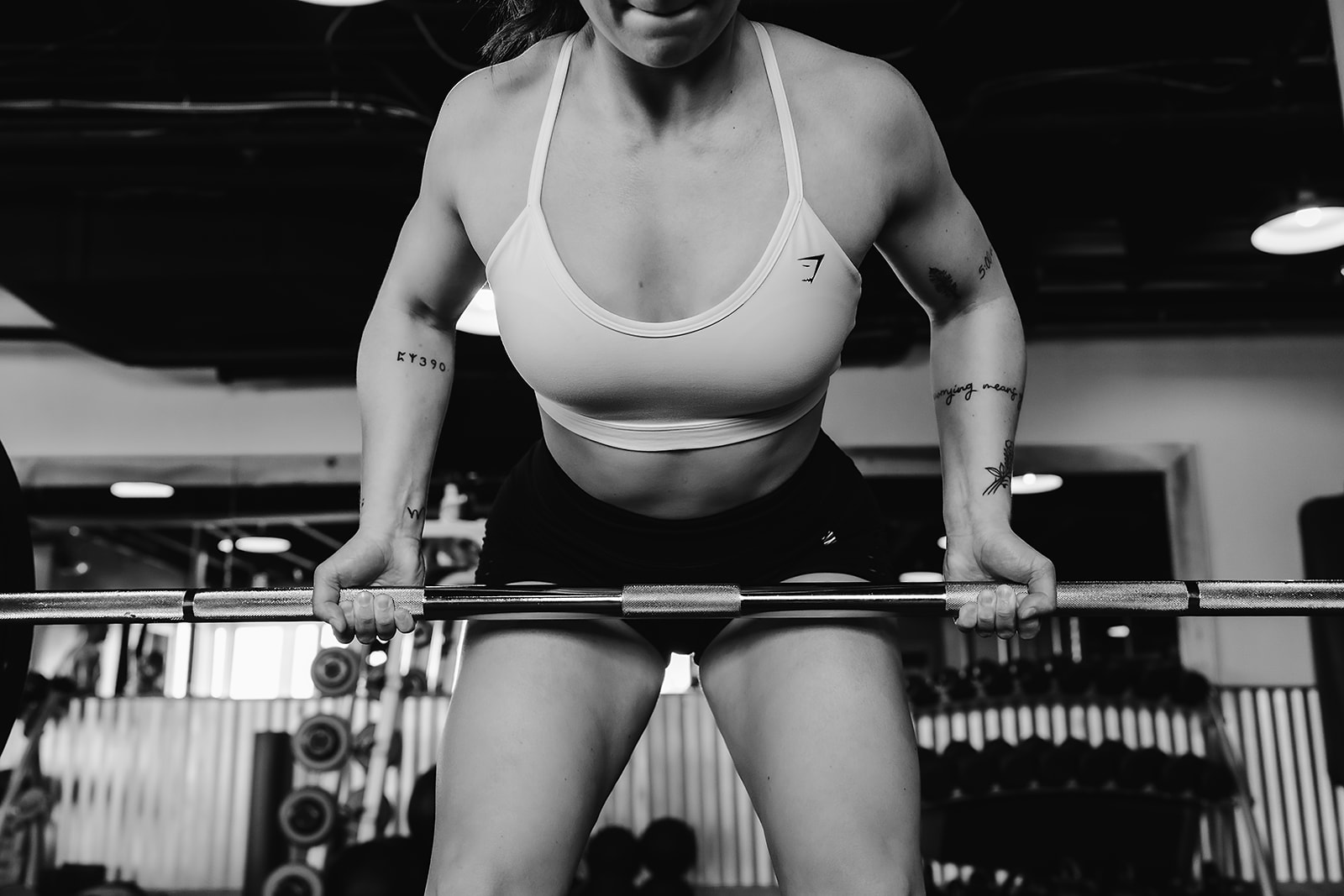Mobility and stability are crucial for proper lifts and cardio movements, and it all begins at the feet. It’s not uncommon for people to have problems with their feet that affect their basic stability; this is especially true for runners. This article will help you understand how feet stabilize movements, foot anatomy, and how to strengthen your feet and how to take care of them so you can have a steady and stable foundation for whatever movements you’re doing.
What is Stability?
First and foremost, your feet are the foundation of the kinetic chain, meaning all of the bones, ligaments, muscles, and joints that are responsible for movement. When you’re standing or doing any type of movement, forces are being transmitted through your feet, up through the legs and to the rest of your body – so, any instability in the feet can disrupt the kinetic chain. Your feet are also responsible for shock absorption in movements like running, jumping, and walking. Your feet need to be strong in order to absorb these “shocks” so these movements don’t cause any harm to the joints. The most important action of the feet is proprioception. Proprioception is your body’s ability to sense itself in space. There are a lot of sensory receptors in your feet that communicate with the brain so you constantly know where your position is in space.
Foot Anatomy
The foot has 26 bones, 33 joints, and more than 100 muscles, tendons, and ligaments. The foot is complicated. Because feet are literally the ROOTS of all stability in the body, a foot issue can adversely affect everything upstream – even neck issues can be traced back to foot problems.
Common Ailments That Affect Foot Stability
Plantar fasciitis is the most common ailment that affects stability. Plantar fasciitis is inflammation in the tissues in the foot, and can be very painful. There are many factors that can cause plantar fasciitis, but the biggest is running, usually with poor form. However, a general lack of foot strength can potentially cause plantar fasciitis as well.
Other ailments are “ankle issues”, which is a broad catch-all term for discomfort around the ankle joint and outside of the upper foot. However, a lot of ankle issues stem from the articulation of the bones of the lower leg with the bones of the feet. Again, the habitual pounding of these joints through running a great way to develop ankle issues. Working on ankle mobility and strengthening the feet will help these issues.
How To Strengthen Feet
Training barefoot is the best way to strengthen the feet. However, do not start training barefoot if you have never trained barefoot before. Walking around barefoot will strengthen foot muscles in general to start, and doing too much too soon can cause overuse injuries in the feet. Start by taking your shoes off when you get home from work and walk barefoot around the house. Slowly work your way up to training barefoot. Once you can train barefoot comfortably, do some unilateral exercises barefoot. One of the best movements you can do barefoot is a single leg Romanian deadlift. Balance is one of the most important factors during this exercise to improve the stability in your feet.
When training barefoot, think about creating a tripod of stability with your feet. Focus on putting weight on the ball of your foot behind the big toe and little toe, and focus on using the heel to “grip” the ground. You should feel the sensation of your foot widening on the ground, and a sense of even distribution.
Exercises For Feet
Here are particular exercises to do barefoot that will help build foot strength:
- Calf raises
- Single leg Romanian deadlift
- Knee over toe split squat
- Sissy squats and their precursors
- Unilateral lower body training
For general foot maintenance, roll the bottoms of your feet out on the ground. Or, try wrapping a super light band around the toes and then pull them towards you to stretch them out.
What To Avoid When Strengthening The Feet
A bosu ball is a terrible piece of equipment for foot stability. This is because there is nothing in nature that mimics the round and unstable structure of a bosu ball. Not to mention, the instability of the ball can actually lead towards foot and ankle injury. Avoiding certain footwear is also important. Cushiony shoes are not good for foot stability because shoes have a narrow toe box, which limits the toes helping with stability. You also receive less somatosensory feedback from the plantar surface of the foot, which plays an important role in balance.
Try, instead, to work towards wearing a flat shoe or minimalist shoe and eventually train barefoot if the space you’re at allows for it. A 2020 study showed that Minimal shoes (vs conventional shoes) improved stability and mobility in people with a history of falls.
Final Thoughts On Stability
As humans, we actually should be able to spread our toes and articulate each toe on its own. However, because of our modern way of life, no one has the foot strength that is generally gained walking barefoot throughout life. For this reason, it’s important to be conscious about strengthening your feet, so you can maintain healthy balance and prevent foot issues from developing. Coming back to simply being barefoot when you can is the best way to start.
Want to learn More? Listen to Episode 122 of the Stronger Than Your Boyfriend Podcast: Stability Starts in the Feet.
Sources Cited:
Cudejko, T., Gardiner, J., Akpan, A., & D’Août, K. (2020). Minimal shoes improve stability and mobility in persons with a history of falls. Scientific reports, 10(1), 21755. https://www.ncbi.nlm.nih.gov/pmc/articles/PMC7730448/#:~:text=Participants%20were%20more%20stable%20during,than%20conventional%20shoes%20and%20barefoot.



